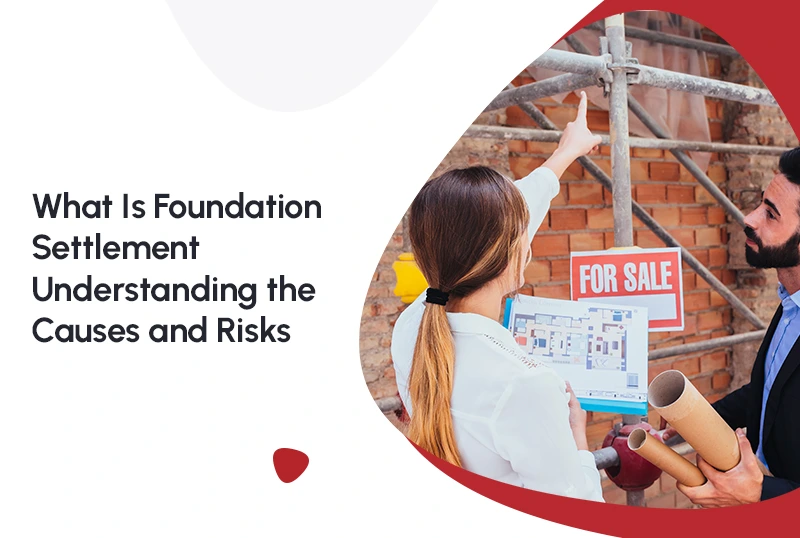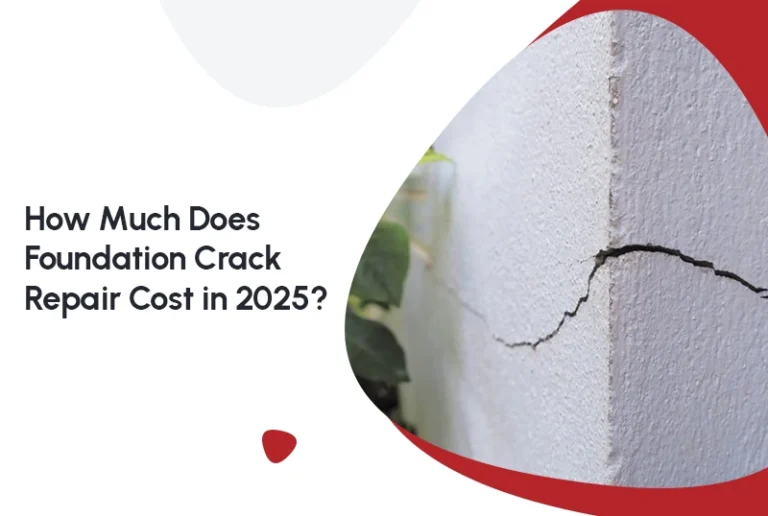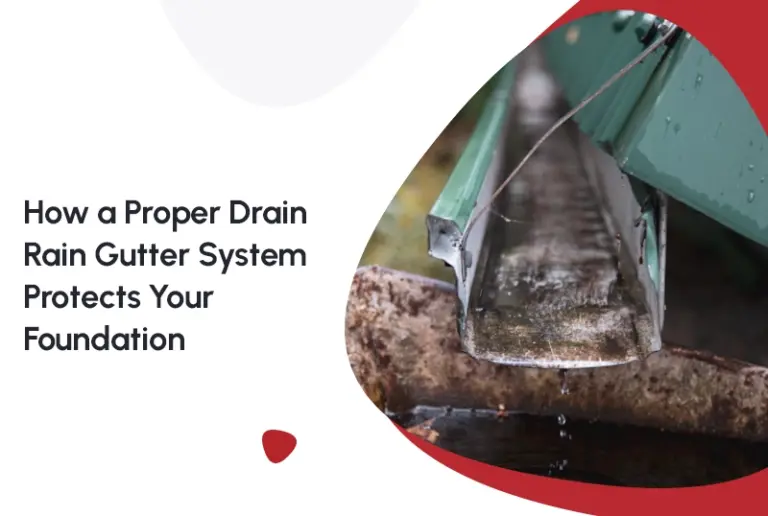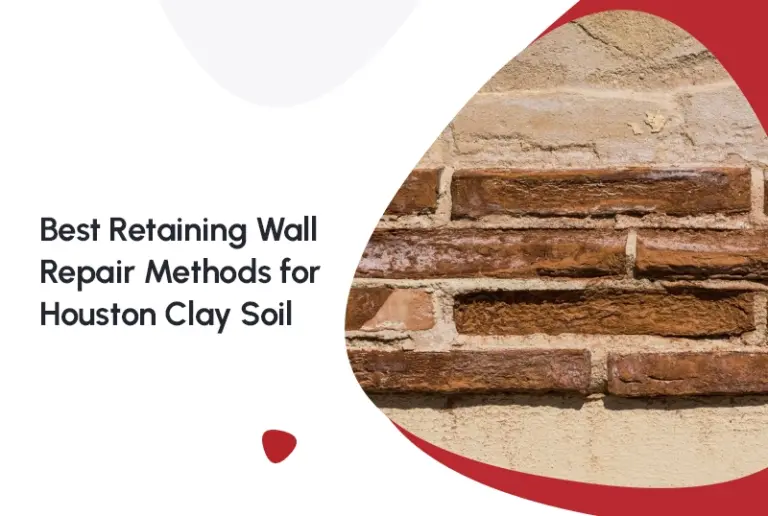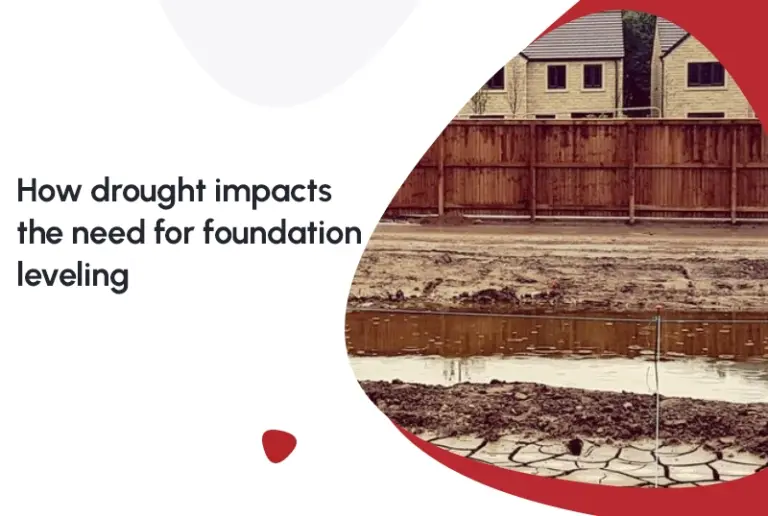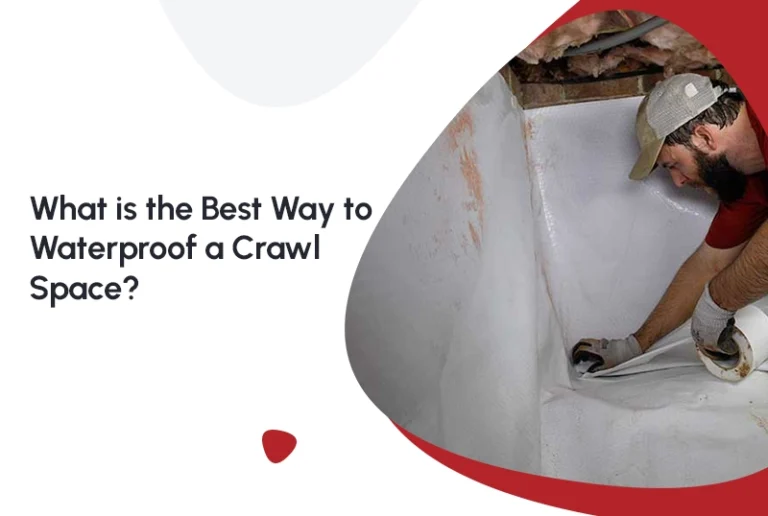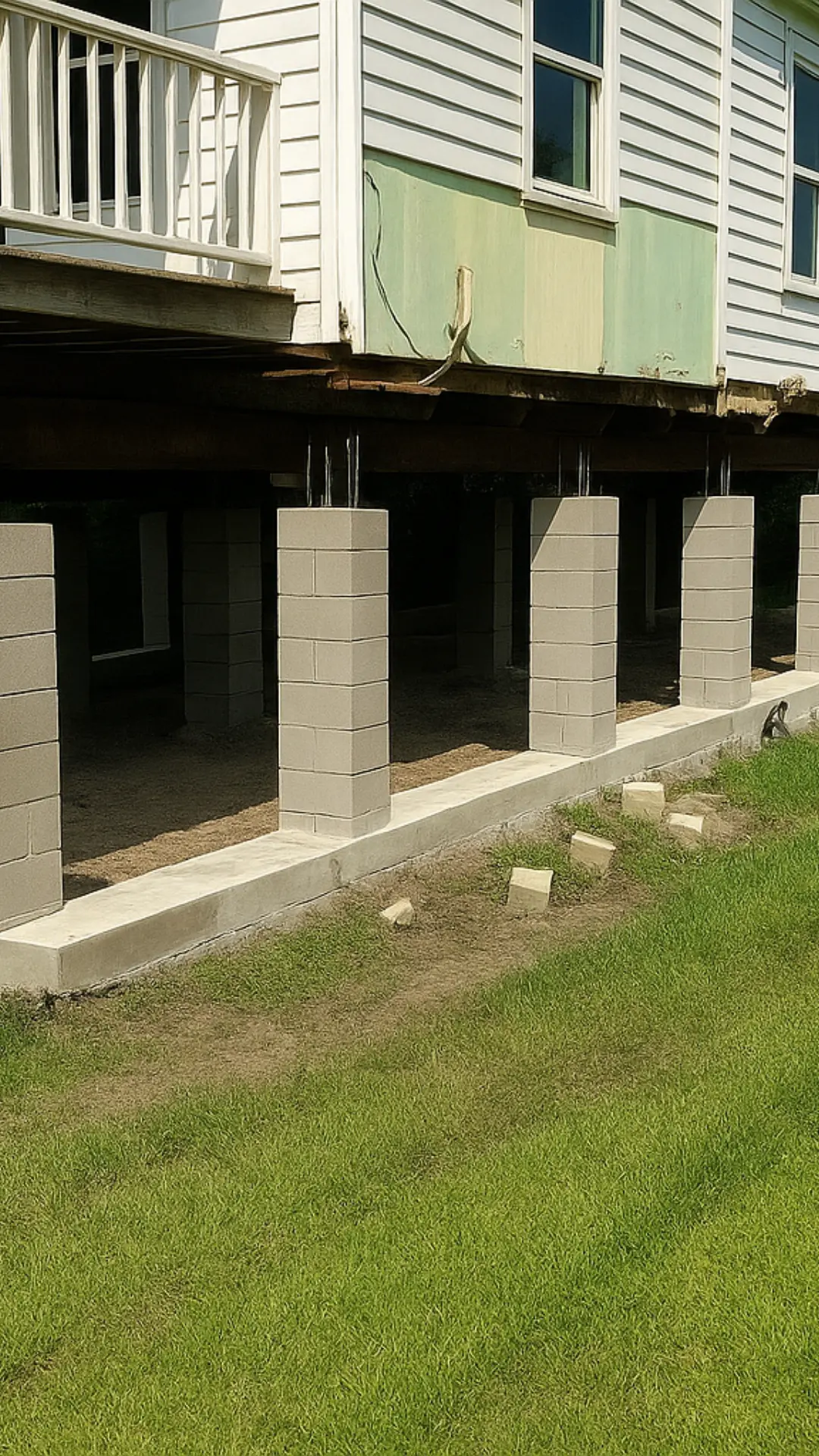You know that uneasy feeling when your doors suddenly start sticking or your floors feel just a little off? You’re not imagining it, your home might be whispering for help. These subtle shifts are often early signs of foundation settlement, a natural process that happens when the soil beneath your house starts to move or compress.
But here’s the catch: while a little settling is completely normal, too much of it can spell trouble for your home’s structure, comfort, and value. The good news? Understanding how and why foundation settlement happens gives you the power to catch issues early, long before they turn into expensive repairs.
Let’s take a deep dive into the world beneath your home and uncover what’s really going on when the ground decides to move. We’ll break down the causes, warning signs, and smart ways to fix foundation settlement with a few pro tips along the way.
Want to know more about house settling under concrete slabs? Click here.
What Is Foundation Settlement?
In simple terms, foundation settlement happens when the soil beneath your home shifts, sinks, or compresses, causing your foundation to move unevenly or downward. Think of it like your house “settling” into the ground—but when that settling becomes uneven or excessive, it’s a problem.
Some minor settlement is normal for all homes, especially new constructions that adjust to the surrounding soil. But when the movement becomes significant, it can cause cracks, misaligned doors, uneven floors, and even structural instability.
So, while a little settling is nature’s way of balancing things out, too much of it can put your home at serious risk.
Types of Foundation Settlement
Not all settling is created equal. Understanding the type of settlement your home is facing can help identify the right repair approach.
1. Uniform Settlement
This happens when the entire foundation sinks evenly. It’s the least harmful type of settlement, but it can still lead to plumbing misalignment or small cosmetic cracks.
2. Differential Settlement
This is where the real trouble begins. Differential settlement occurs when one part of the foundation sinks more than another, creating uneven floors, cracked walls, and even structural distortions.
3. Tipping or Rotational Settlement
This happens when one corner of the foundation sinks deeper than the others, often due to localized soil issues or drainage problems. It can cause your home to literally lean to one side.
What Causes Foundation Settlement?
Let’s peel back the ground and look at what causes foundation settlement in the first place. Spoiler alert: it’s almost always the soil’s fault.
1. Soil Movement and Poor Soil Compaction
The biggest contributor to foundation settlement is unstable soil. If the soil under your home wasn’t properly compacted during construction, it can compress over time, creating gaps that cause the foundation to sink.
Expansive soils, like clay, are also a nightmare since they swell when wet and shrink when dry, creating a constant push-and-pull effect beneath your home.
2. Poor Drainage or Water Accumulation
Water is both friend and foe to your foundation. When foundation drainage is poor, excess moisture seeps into the soil and weakens it. Over time, this can lead to erosion, washouts, or soil expansion, all of which contribute to foundation settlement.
Pro Tip: Installing proper drainage systems like French drains, sump pumps, or slab on grade waterproofing can help divert water away from your foundation.
3. Tree Roots and Vegetation
Large trees planted too close to your home can drink up moisture from the soil, creating dry pockets that cause uneven settling. Conversely, heavy vegetation can trap moisture, which also destabilizes the soil. It’s a balancing act between water and roots.
4. Plumbing Leaks
A slow leak under your home can go unnoticed for months but the damage it causes can be severe. Water from leaking pipes can soften or erode the soil beneath your foundation, leading to uneven sinking. Regular plumbing checks are essential to catch these leaks early.
5. Weather Extremes
Weather plays a huge role in foundation settlement. Long periods of drought dry out the soil and cause it to shrink. Heavy rains, on the other hand, cause soil expansion. These cycles of swelling and shrinking stress your foundation and can cause it to shift over time.
The Warning Signs of Foundation Settlement
Your home has a way of communicating with you—it just doesn’t use words. Instead, it shows subtle signs that something beneath the surface is off. Here’s what to watch for:
- Cracks in Walls or Ceilings – Especially diagonal cracks near doors and windows.
- Uneven Floors – A clear sign that parts of your home are sinking more than others.
- Sticking Doors and Windows – Frames become misaligned due to foundation shifts.
- Separation Between Walls and Floors – Gaps forming between the floor and walls mean trouble below.
- Water in the Basement or Crawl Space – Indicates drainage or settlement issues.
If you spot two or more of these warning signs, it’s time to schedule a foundation inspection.
The Risks of Ignoring Foundation Settlement
Ignoring foundation settlement is like ignoring a toothache—you can pretend it’s fine, but eventually, it’s going to cost you. Here’s what can happen if you let it slide:
1. Structural Damage
As the foundation shifts, your home’s structure follows. Over time, you might see cracks widen, floors slant, or your house begin to lean. Structural integrity is the first victim of foundation neglect.
2. Water Damage
When the foundation settles unevenly, gaps and cracks form, letting water seep into your basement or crawl space. This moisture can cause mold, mildew, and even rot—a recipe for expensive repairs.
3. Decreased Property Value
No homebuyer wants to inherit foundation problems. In fact, even small cracks can reduce your home’s resale value by 10–15%, depending on the severity of the damage.
4. Safety Concerns
Over time, severe settlement can affect your home’s electrical wiring, plumbing, and even roof alignment—making your home unsafe for daily living.
According to HomeGuide, around 25% of all homes in the U.S. experience foundation problems, with 5% suffering major structural damage due to settlement and poor soil conditions. That means 1 in 4 homeowners could be sitting on a sinking problem without realizing it.
How to Fix Foundation Settlement
Now that we know what causes foundation settlement, let’s talk about how to fix it. Thankfully, modern repair techniques have made it easier than ever to stabilize foundations and prevent future movement.
1. Helical Piers or Steel Piers
These are deep foundation supports driven into stable soil layers beneath the home. They help lift and stabilize the foundation by transferring the home’s weight to solid ground.
- Ideal for homes with significant settlement.
- Quick installation and minimal disruption.
2. Slab Jacking (Mudjacking)
Perfect for homes with slab on grade foundations, slab jacking involves injecting a slurry mixture under the foundation to raise and level it. It’s cost-effective and works well for minor settlement.
3. Polyurethane Foam Injection
A modern, non-invasive version of slab jacking that uses expanding foam instead of concrete. It’s fast, clean, and efficient—often completed in a single day.
4. Underpinning
This involves strengthening or extending the foundation deeper into the ground. It’s best for homes with severe foundation settlement or unstable soils.
5. Improving Foundation Drainage
Addressing poor foundation drainage is a long-term solution that prevents future settlement. Adding French drains, sump pumps, and waterproof membranes ensures that water flows away from your home instead of pooling around it.
How FNF Foundation Can Help
At FNF Foundation, we understand that foundation problems can be overwhelming—but we’re here to make them simple and stress-free.
We offer a wide range of solutions for foundation settlement, including:
- Concrete slab foundation repair
- Pier and beam stabilization
- Helical pier installation
- Foundation drainage and waterproofing
Our team uses state-of-the-art equipment and proven techniques to restore your foundation’s stability and protect your home from future damage.
Contact FNF Foundation today to schedule your free inspection and find out how we can help keep your home safe, level, and long-lasting.
Final Thoughts
Foundation settlement may sound intimidating, but with the right knowledge and a proactive approach, it’s entirely manageable. Early detection and timely repairs are the keys to preventing long-term damage.
Your home deserves a solid foundation—literally! So, if you’ve noticed cracks, uneven floors, or doors that won’t close, don’t wait. Call FNF Foundation today for expert inspection, repair, and protection services that keep your home stable and strong for years to come.
FAQs About Foundation Settlement
Q1: Is some foundation settlement normal?
Yes, a small amount of settling is normal, especially for new homes. However, uneven or excessive settlement should be inspected immediately.
Q2: How much foundation settlement is too much?
If cracks exceed ¼ inch, or you notice uneven floors or wall separation, it’s time to call a professional.
Q3: Can foundation settlement be prevented?
Absolutely! Proper foundation drainage, good landscaping, and regular inspections can prevent water buildup and soil movement.
Q4: Is foundation settlement repair expensive?
Costs vary depending on the method. Minor repairs might range from $1,500 to $5,000, while extensive underpinning can cost up to $20,000 or more.
Q5: How long do foundation repairs last?
When done correctly by professionals, foundation repairs can last for decades—often backed by long-term warranties.
